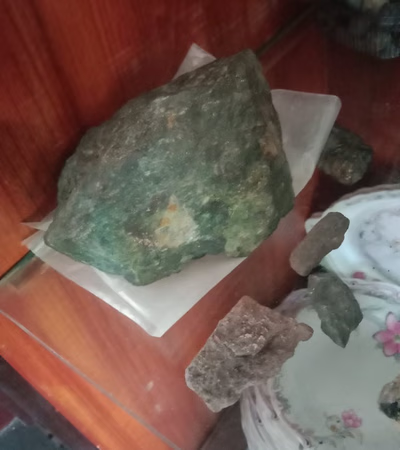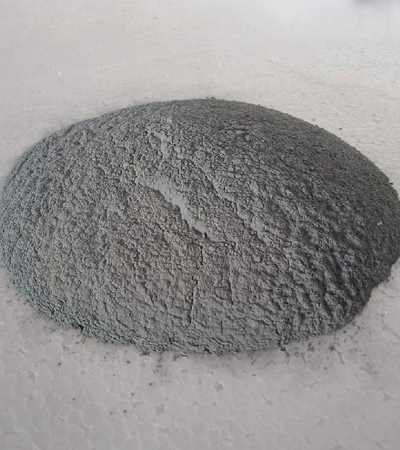
Pakistan is located in South Asia and borders Afghanistan to the north, India to the east and southeast, the Arabian Sea to the south, and Iran to the west. The capital of Pakistan is the city of Islamabad, but the city of Karachi is also considered as its largest city. Politically, Pakistan has the system of government of the Islamic Republic. The land of Pakistan is governed by a president and a prime minister. Pakistan is formed as a federal republic and has four major provinces (Punjab, Sindh, Balochistan and Khyber Pakhtunkhwa), special administrative regions (Islamabad and Federal) and other regions including independent liberties (North, South and West Waziristan).
Pakistan has a mixed economy in which a major part of the economy is in private hands and the other part is in the hands of the government. The currency of Pakistan is the Rupee (PKR). The official language of Pakistan is English and the local language is Urdu. Also, Punjabi, Sindhi, Pashto and Balochi are official and local languages used in some areas of Pakistan. The majority of the people of Pakistan consider Islam as their religion, but there are also minorities in the country, including Hindus, Christians, Sikhs, Baha`is and Zoroastrians. As for the market, trade and industry of Pakistan, the country has a large and dynamic economy based on various industries such as apparel, textile, automotive, steel, food manufacturing and IT services. Pakistan also operates as an exporting and importing country.
Pakistan`s imported products include food, machinery, fuel, household appliances, electronics, sanitary and pharmaceutical products. Pakistan also exports products such as clothing, textiles, textile products, cotton, palm oil, food, automobiles, and construction materials. Pakistan`s largest trading partners include China, the United States of America, the United Arab Emirates, Saudi Arabia, and Iran. These countries are close to Pakistan in trade and economic cooperation. Most of Pakistan`s income comes from various sources including exports of garments, textiles, petrochemical products, agricultural products (such as cotton, rice, tea and fruits), machinery and IT services. Also, the field of transportation and related services also plays an important role in the economy of Pakistan.
-
 Faheem - K.N.F. Enterprise 11 months ago
Faheem - K.N.F. Enterprise 11 months ago Pakistan
Glass machinery and tools
Pakistan
Glass machinery and tools
We are importer and supplier of glass processing machines, parts and toolsDetails
-
 Abdul Manan 4 months ago
Abdul Manan 4 months ago Pakistan
Emraled Gemstone
Pakistan
Emraled Gemstone
I am selling high quality emraled Ruby pink tops blue sapphire tourmaline etc whatsapp me for more details 00923028913527Details
-
 La Home Store 12 months ago
La Home Store 12 months ago Pakistan
Brass Aluminum Marble Handicraft
Pakistan
Brass Aluminum Marble Handicraft
In the realm of fine dining and home decor, few materials exude the timeless elegance and luxury that brass, marble, and silver metal bring to the tab...Details
-
 Shahzaib 6 months ago
Shahzaib 6 months ago Pakistan
Meteorite
Pakistan
Meteorite
MeteoriteDetails
-
 Ayaz 11 months ago
Ayaz 11 months ago Pakistan
Antiques
Pakistan
Antiques
Art, craft, collectible, and antiquesDetails
-
 Quality Feeds 9 months ago
Quality Feeds 9 months ago Pakistan
Animal and Poultry feed
Pakistan
Animal and Poultry feed
We are Manufacturer of Animal and Poultry feed having good market reputationDetails
-
 Safamarwa Enterprise S 10 months ago
Safamarwa Enterprise S 10 months ago Pakistan
Cement
Pakistan
Cement
I am exporting cement and bricks since 10 years to Oman and Bahrain.Details
-
 Syed Najmuddin 6 months ago
Syed Najmuddin 6 months ago Pakistan
Ruby Gems
Pakistan
Ruby Gems
Natural stone from Gilgit-BaltistanDetails
-
 Ashar Bhatti 7 months ago
Ashar Bhatti 7 months ago Pakistan
Meteorite
Pakistan
Meteorite
Greeting, Sir My Name is Ashraf Bhatti i have 100 Piece of Black Stone and Meteorite i want to sell out these 100 Pieces i Attached you Couple of Pic...Details
-
 Hussain Karachi 17 months ago
Hussain Karachi 17 months ago Pakistan
Meteoriate pakistan
Pakistan
Meteoriate pakistan
I am saearching a meteoriate in pakistan, 10 peace available for sale other material mix magnatic meteoriate and copper iron and folseDetails
-
 Kissan Markaz 15 months ago
Kissan Markaz 15 months ago Pakistan
Corn silage,corn,rice
Pakistan
Corn silage,corn,rice
I am farmer and grow and trade in corn yields and interested to supply in KSA and GCC countriesDetails
-
 Btm 4 months ago
Btm 4 months ago Pakistan
BTM Associate's
Pakistan
BTM Associate's
GeologistDetails
-
 Bhatti Trader 15 months ago
Bhatti Trader 15 months ago Pakistan
ZINC METAL & ASH
Pakistan
ZINC METAL & ASH
WE NEED ZINC METAL 99.99% AND ZINC ASH MINIMUM 65 % OR ABOVE IN PAKISTANDetails
-
 Fab Global Marketing 18 months ago
Fab Global Marketing 18 months ago Pakistan
fresh fruits and vegetables
Pakistan
fresh fruits and vegetables
we are exporter of fresh fruits like fresh oranges and mandarins and potatoesDetails
Pakistan's economic landscape presents both challenges and opportunities for businesses looking to engage with its market, particularly in West Asia. In 2023, Pakistan's GDP stood at $337.9 billion, below the global average of $883.7 billion, signaling a smaller yet dynamic economy. Exports of goods and services accounted for 10.48% of GDP, significantly lower than the global average of 32.11%, highlighting room for export growth. Inflation surged to 30.77% in 2023, compared to the global average of 8.59%, reflecting economic instability that businesses should factor into pricing and operational strategies.
In terms of trade indices, Pakistan's merchandise import value index dropped to 71.1 in 2023, well below the global average of 101.09, indicating a contraction in import activity. Similarly, the merchandise export value index was 92.2, compared to the global average of 102.25, suggesting underperformance in export growth. However, the agriculture sector, contributing 23.33% to GDP, is more than double the global average of 11.37%, positioning Pakistan as a strong player in agricultural exports to West Asia.
Despite challenges, Pakistan's strategic location and active businessmen in West Asia offer significant trade potential. By joining Aritral.com, businesses can connect with verified exporters and importers, access regional product listings, and leverage market insights to overcome economic barriers and capitalize on Pakistan's untapped trade opportunities. Create your business profile today to unlock the full potential of Pakistan's trade network in West Asia.














